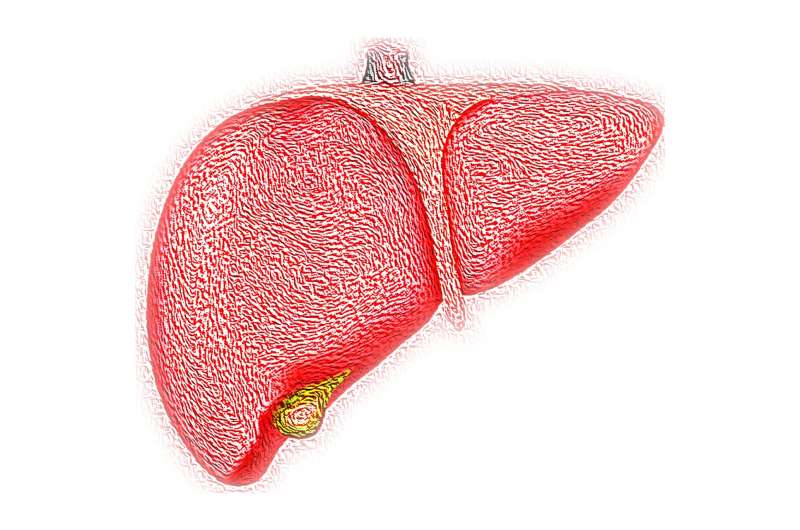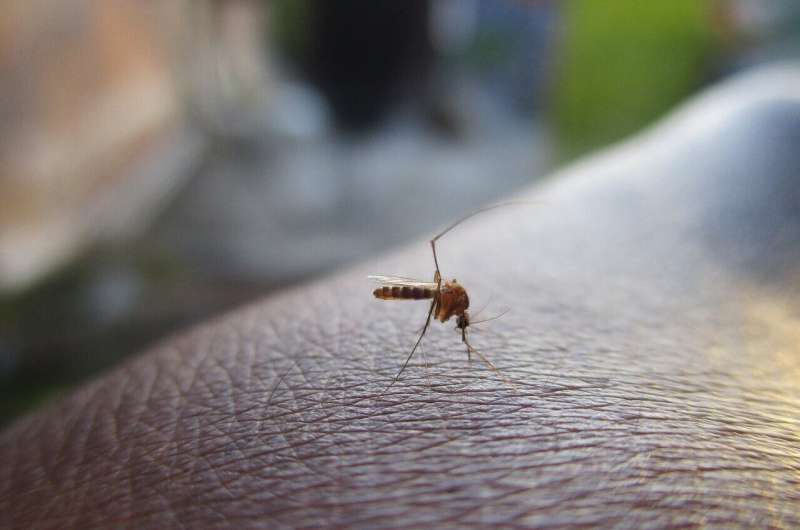Understanding Three-Person Embryos: A Scientific Breakthrough and Its Limitations for LGBTQ+ Families

Recent advancements in mitochondrial replacement therapy have enabled the birth of babies conceived with three DNA sources, but this development mainly offers medical solutions for mitochondrial diseases and doesn't significantly impact LGBTQ+ family-building options.
Last week, scientists announced the successful birth of eight healthy babies in the United Kingdom conceived through a process involving three DNA sources. This development, often called "three-person IVF," utilizes genetic material from two women and one man, providing a new option for families affected by mitochondrial diseases. The embryo combines the genetic material from the mother and father, along with cells from a second woman's egg, which serves as a donor.
This process, known as mitochondrial replacement therapy, aims to prevent the transmission of certain genetic disorders caused by defective mitochondria—a part of cells responsible for energy production. By replacing unhealthy mitochondria with healthy ones from a donor, women with mitochondrial diseases can conceive without passing on these conditions.
While this breakthrough highlights advances in reproductive technology, it doesn't mean that these babies will have three parents in a traditional sense. The donor woman contributes only about 0.1% of the baby’s DNA, which means the child's physical traits will be primarily determined by the intended parents. Creating an embryo with genetic material from two women does not equate to a family with three parents, especially since the donor's genetic contribution is minimal.
The technology is currently limited to specific medical cases involving mitochondrial disorders and remains closely regulated. Countries like the UK have authorized mitochondrial donation, but in many parts of the world, including Australia, strict laws and ethical debates restrict its use. The concerns revolve around the unknown health effects, ethical questions about embryo manipulation, and the implications of genetic modification.
Importantly, this development is unlikely to significantly alter the ways LGBTQ+ individuals form families, especially since the primary purpose is medical—preventing inherited disease—rather than facilitating new modes of parenthood. The majority of LGBTQ+ families already use existing reproductive technologies such as donor sperm, intrauterine insemination, and reciprocal IVF, which allow for diverse pathways to parenthood.
Many LGBTQ+ individuals and couples are already raising children through various methods, including adoption, surrogacy, and fertility treatments. For example, 17% of same-sex couples in the 2021 census live with children, with higher rates among female couples. These families emphasize love, connection, and care over genetic ties, reinforcing that parenthood is about nurturing relationships, not solely biological lineage.
While mitochondrial replacement is a significant scientific advancement, its impact is largely medical and limited to specific genetic conditions. It is unlikely to create or expand opportunities for LGBTQ+ people to become parents beyond the existing options. Ultimately, the importance of family is rooted in care, love, and support—values that transcend genetics.
Source: [https://medicalxpress.com/news/2025-07-person-embryos-breakthrough-science-lgbtq.html]
Stay Updated with Mia's Feed
Get the latest health & wellness insights delivered straight to your inbox.
Related Articles
Ethical and Policy Considerations in In Vitro Gametogenesis: A Comprehensive Report
A new comprehensive report examines the ethical, legal, and policy challenges of in vitro gametogenesis, highlighting the need for proactive regulation to safely advance this transformative fertility technology.
Identification of the Top Three Risk Factors Increasing Mortality in Common Liver Disease
A new study identifies high blood pressure, pre-diabetes, and low HDL cholesterol as the leading risk factors increasing mortality in fatty liver disease, guiding better treatment approaches.
Innovative Malaria Control Method Targets Parasites in Mosquitoes to Enhance Bed Net Effectiveness
A new innovative approach targets malaria parasites within mosquitoes, enhancing the effectiveness of bed nets and offering a promising solution to combat insecticide resistance.
Effective Communication Strategies Enhance Online Patient Engagement in Health Communities
Discover how targeted communication strategies can boost patient engagement in online health communities, with insights from a recent study on atrial fibrillation from the University of Amsterdam.



